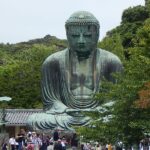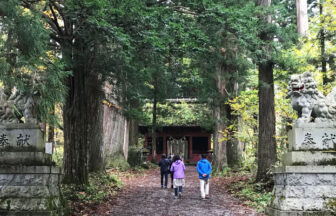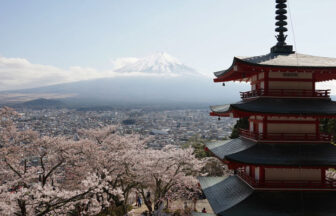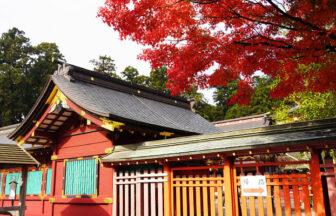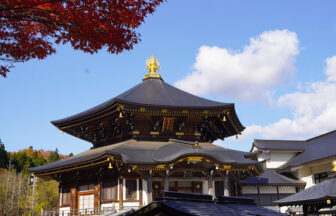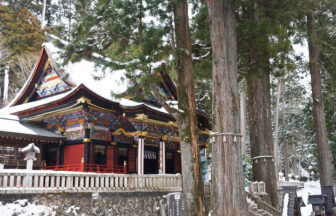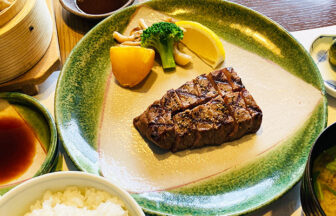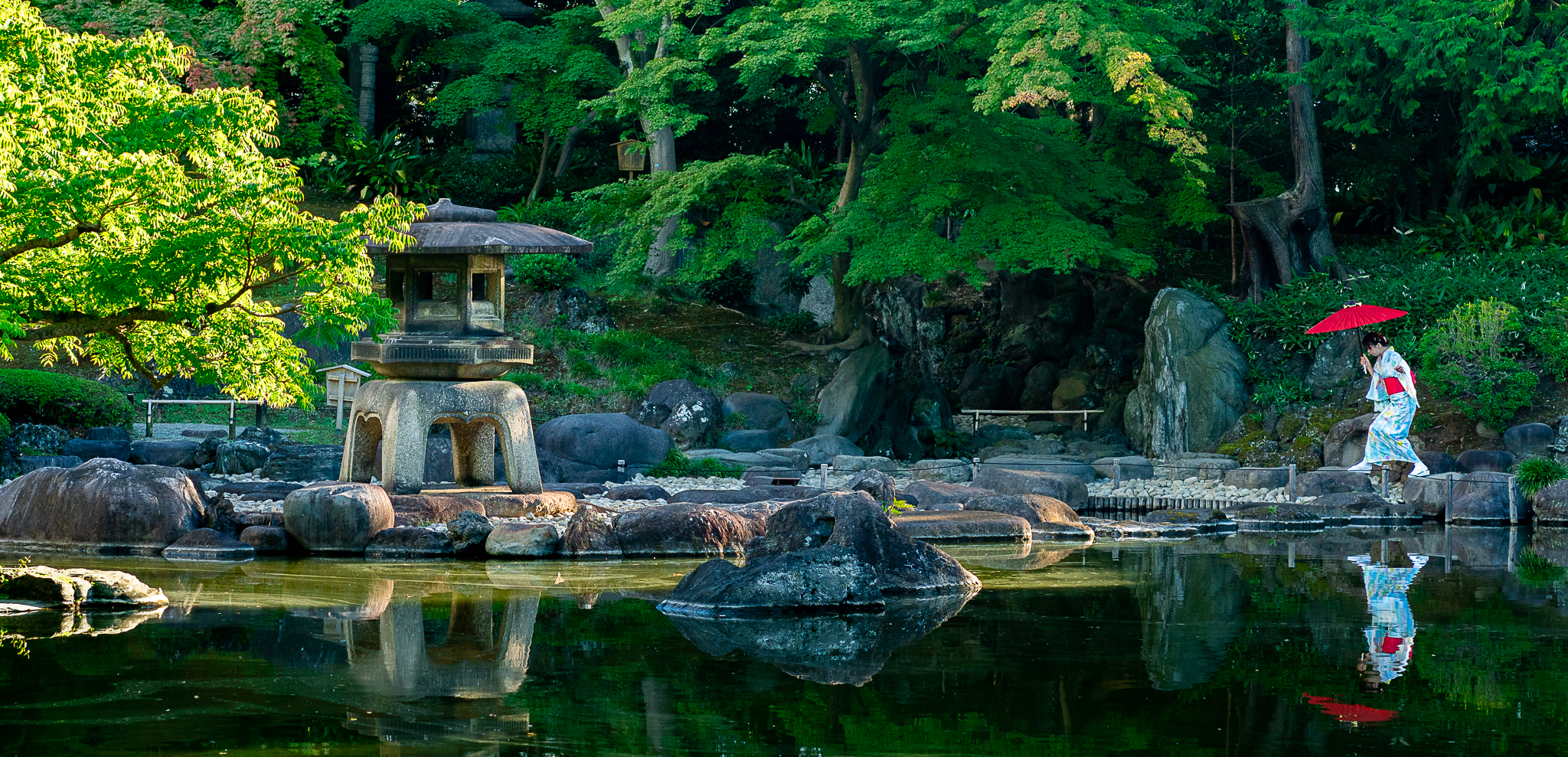I visited Oita Prefecture from Nov 16 to 19. It had been about 25 years since I last set foot in the Kyushu region where Oita Prefecture is located.
Kyushu, located in the southwest of Japan, is made up of seven prefectures (local government entities). I worked as a banker in Nagasaki Prefecture, one of them, from 1996 to 1999 when I was in my mid-20s.
It had been a long time since I left Kyushu, and it really brought back memories.
My visit to Oita Prefecture this time had the two purposes as follows.
First, I wanted to enjoy Beppu Onsen as a reward for taking a national exam on Nov 10. Oita Prefecture boasts the largest number of hot springs in Japan, and Beppu Hot Spring Resorts is one of the three major hot springs in Japan.
Visiting Beppu was my second day of this trip; the day before I had visited Usa Jingu, one of the most prestigious shrines in Kyushu, but I hope to post about that on another occasion.
Another reason for visiting Oita Prefecture was to make a pilgrimage to the holy sites of “Attack on Titan.”
“Pilgrimage” originally referred to visiting places of religious importance, such as Jerusalem and Rome for Christians, Mecca and Jerusalem for Muslims, and Lumbini and Kushinagar for Buddhists.
Ever since faith first emerged in this world, there have been places of faith, or “holy places,” such as sacred places or lands associated with revered figures such as saints or religious leaders.
When we look into the history of religion, the practice of pilgrimage to sacred sites has always been present, and this has not changed even today.
In recent years, pilgrimages, which involve visiting sacred sites that are the object of admiration or attention, have been gaining attention in pop culture, sports and other fields.
In Japan, it has become more than just a fad; it has become an established event in which fans visit places related to their favorite works, such as locations that were the setting for anime or manga, or locations where music or movies were filmed.
As Japanese anime became more popular both at home and abroad, the number of productions increased. In the midst of this, instead of creating backgrounds for works from scratch, a trend emerged of using real backgrounds to increase efficiency, and location scouting both at home and abroad began to increase.
It can be said that such changes within the industry have also influenced the spread of anime holy sites.
Initially, anime pilgrimages were limited to core fans of a few works visiting the locations where they were set.
However, with the expansion of communication opportunities through the Internet, awareness of the pilgrimages has increased among anime fans, and it has now become widely known both in Japan and overseas.
An anime pilgrimage is made up of a three-way relationship between the work, the fans, and the sacred place (local area).
Pilgrimages to sacred sites attract people, which can energize industries and local areas. There are many initiatives to use this energy to revitalize towns and cities.
My hobbies are watching anime, listening to music, and traveling, so I have a strong interest in content tourism and have made several on-site visits to these places for research purposes.
And now, I finally had the opportunity to visit Hita City, Oita Prefecture, the holy land of “Attack on Titan,” the GOAT anime for me and my bible.
As of November 2024, Hita City has a population of approximately 59,000 and is a regional city whose main industry is agriculture, producing plums, chestnuts, mushrooms, and other crops. It also has a history as a shogunate territory with traditional crafts such as pottery and geta.
Currently, Hita City is actively promoting itself as the holy land of the world-famous anime “Attack on Titan.”
However, as fans know, the setting of this work is not in Hita City, but rather in Nördlingen, Germany, which is located along the Romantic Road.
Nevertheless, Hita City is the holy land of Attack on Titan because it is the hometown of the original author, Hajime Isayama. Five years ago, a group of local citizens who understood Isayama’s desire to give back to his hometown started a project called “Attack on Titan in HITA ~ Attack on Hita ~”.
Support is now evident not only from local commercial and industrial workers, but also from financial institutions and government agencies such as Hita City and Oita Prefecture, and the initiative has become a prefectural-level effort.
I read the articles that said that, although it was only an estimate, the direct economic impact of tourists is 2 billion yen per year, and the economic ripple effect including employment and procurement is over 3 billion yen per year.
I traveled by train from Beppu to Hita in the morning of November 18th. Inside Hita Station, in the square in front of the station, I was immediately welcomed by important characters from Attack on Titan, including Levi, Hange, and the Beast Titan.
I can’t recall a holy site I’ve visited that puts works at the forefront like this one, and it’s just wonderful to feel the pilgrims being welcomed.
I would like to mention some recommended spots and things to watch out for, but I will do that in my next post. Please look forward to it.


